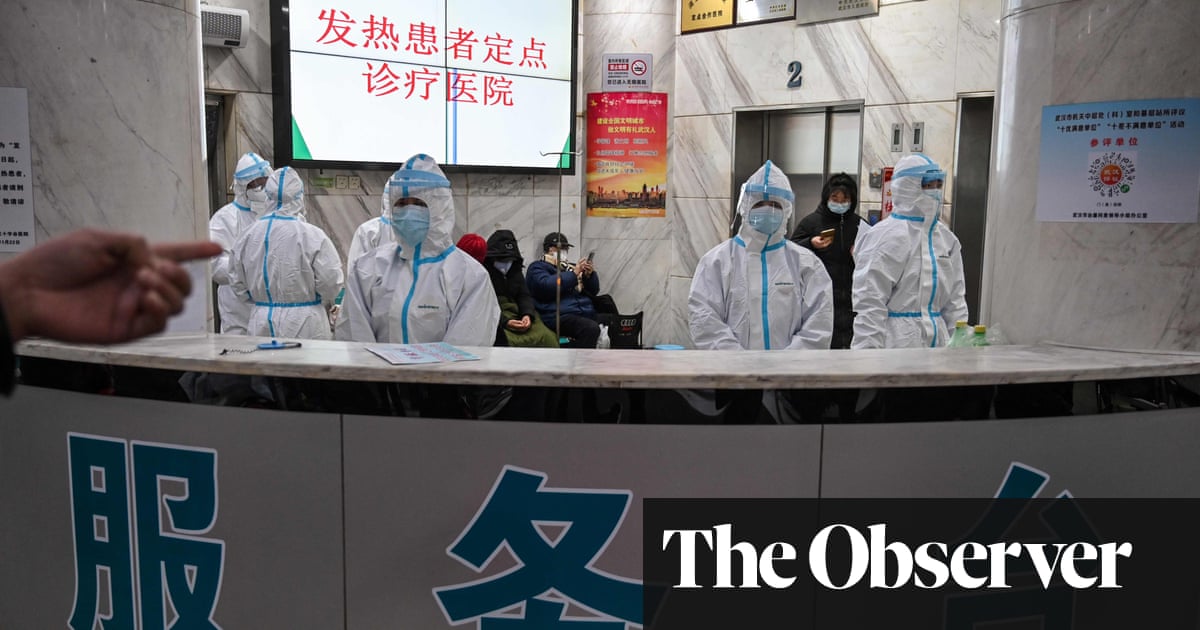
(NewsNation) — Two new COVID-19 variants are circulating, and they have the potential to evade immunity that could lead to a summer surge.
The new strains are subvariants of the omicron variant, scientifically known as KP.2 and KP.1.1, but which have been nicknamed “FLiRT” due to the mutations on the strain.
The FLiRT variants follow the same pattern as previous mutations, with the virus continuing to change to evade immunity and spread. Here’s what scientists know so far about the latest strains.
Are the new variants more transmissible?
Early evidence suggests the FLiRT variants may be more contagious and they may be better at infecting those who have immunity from vaccines or prior infection.
Natural and vaccine-induced immunity also fade over time, so people who haven’t kept up with boosters or who had COVID during the early days of the pandemic may also be more at risk.
Are they more dangerous?
There is some evidence to suggest the variants have led to increased hospitalizations, but there doesn’t seem to be an increased risk of death based on current data. Both FLiRT variants are new, so data may change over time.
What are the symptoms?
Symptoms are similar to previous strains of COVID, including sore throat, cough, fatigue, congestion, runny nose, headache, muscle aches, fever, chills and difficulty breathing.
If you have symptoms, taking an at-home test or isolating until you can get a PCR test performed can help prevent the spread of the virus. While the government ended programs to provide free home tests, COVID tests are still widely available at pharmacies and may be covered by insurance.
Does this mean there will be a summer surge?
It’s hard to say, though KP.2 has already emerged as the dominant variant in the U.S. The Centers for Disease Control and Prevention reports hospitalizations and test positivity are down, and wastewater data suggests minimal virus levels.
However, since the official end of the pandemic, the CDC has had less data to determine the extent of COVID infections, as the agency is no longer tracking and reporting the number of cases in the U.S., and test data is limited by the fact that many people do not test for COVID or report results from home tests.
What can you do to prevent getting the new COVID variants?
The advice for avoiding the FLiRT strains is the same as previous variants. Social distancing, hand washing and masking in public spaces can all prevent the spread of COVID as well as other respiratory viruses. Staying up to date on vaccines is also important; while the current vaccine may not provide as much protection from these variants as it did with previous ones, it still offers some level of protection.
Those with symptoms of COVID should isolate until they are able to take a COVID test. The CDC has relaxed isolation guidelines, but people are still advised to stay isolated until symptoms begin to improve and they are fever-free for 24 hours.
Those who are seeing a lessening of symptoms of the illness can return to regular activity but are advised to wear a mask when around other people for at least five days.






